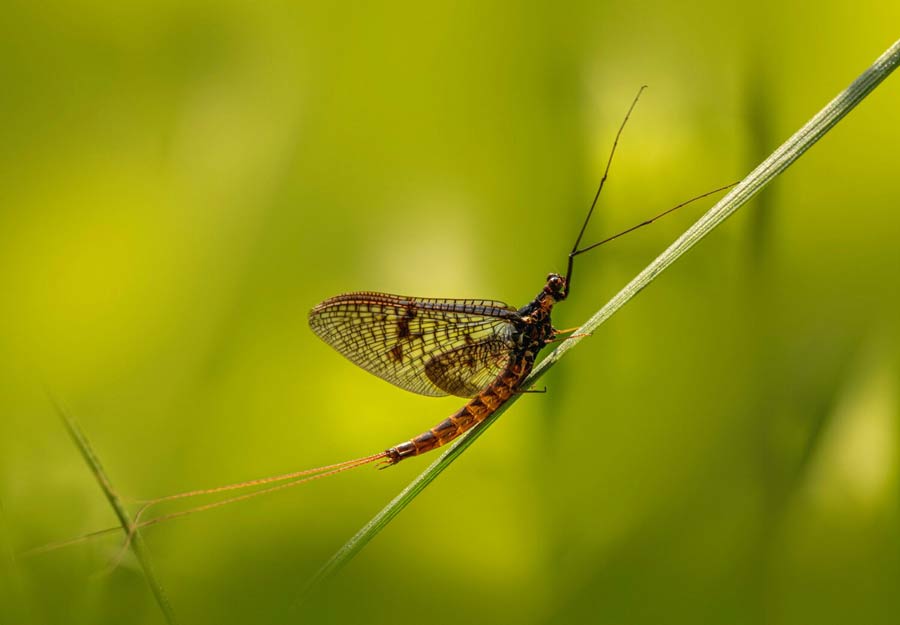

A brown drake mayfly, one of the many species not found in the upper East Branch of the Delaware, likely because the water is too cold. Photo courtesy of River Reporter
In 1976, New York Gov. Hugh Carey signed legislation establishing minimum water flows for summer and winter below the dams of the Delaware River system. Angler saw the benefits of these new water regimes almost immediately, in the form of bigger, better hatches of aquatic insects. So more water equals better fishing, right? Maybe not.
In the four decades since that initial legislation, flows have been raised twice and are now twice the original CFS. This makes the water below the dam on the East Branch colder for longer each summer. Suddenly, hatches are now later, sparser, and in some cases almost non-existant.
Writing in River Reporter, Tony Bonavist suggests something he knows goes against conventional wisdom: the colder water is actually the cause of the insect decline:
“When we discuss the life history of Catskill mayflies, we must keep in mind that before reservoirs and cold bottom releases, all species of this order were exposed to extreme changes in water temperature. While winter temperatures registered in the mid-30s, summer temperatures could rise well into the 80s. As a result, Catskill mayflies evolved over many thousands of years as organisms subject to extreme water temperature change.
When those same species that evolved under those conditions were exposed to very cold homogenous water temperatures of 50 degrees Fahrenheit, many could not survive.
Based on this background information and my observations along the upper East Branch, I believe that the increase in cold bottom water from Pepacton Reservoir to 140 CFS during the summer is just too cold for most species of our indigenous mayflies.”
Trending Products











